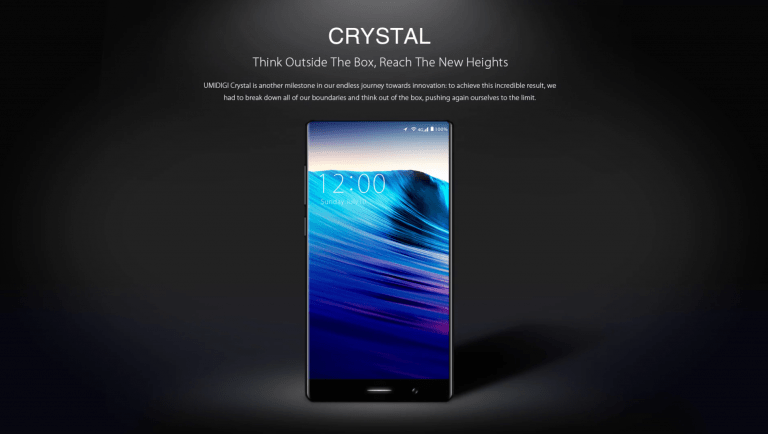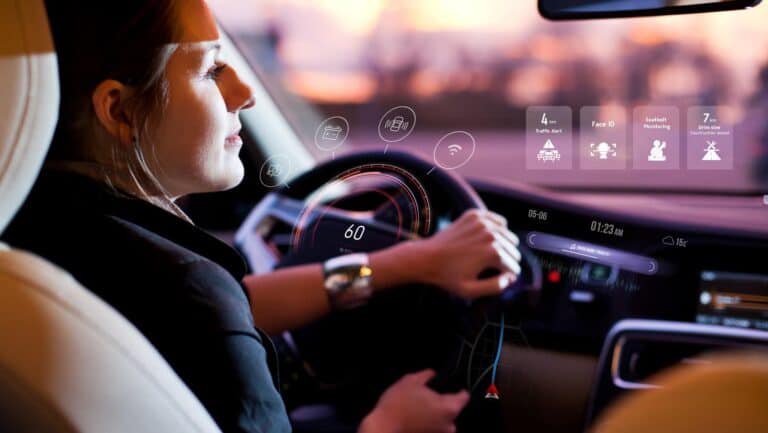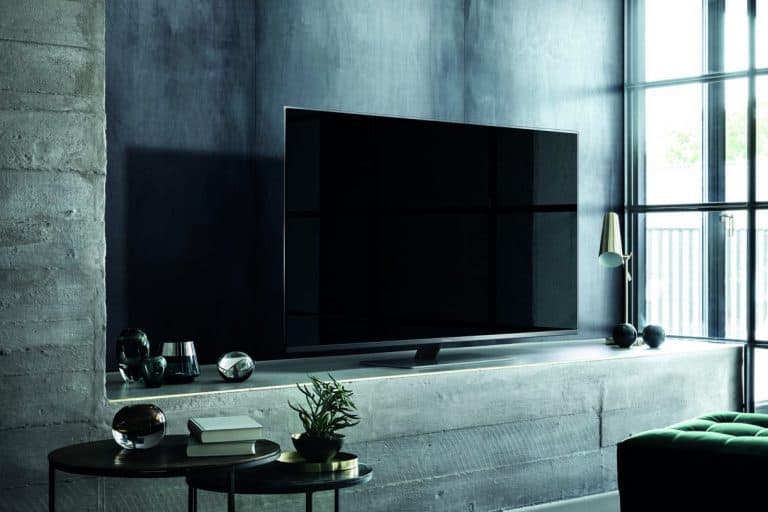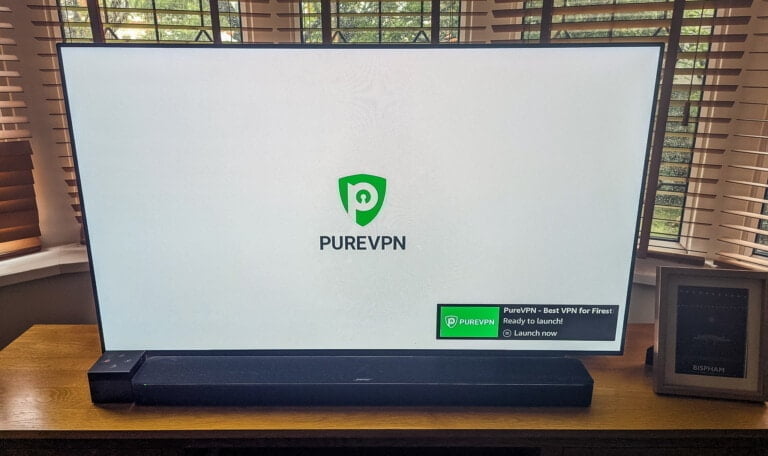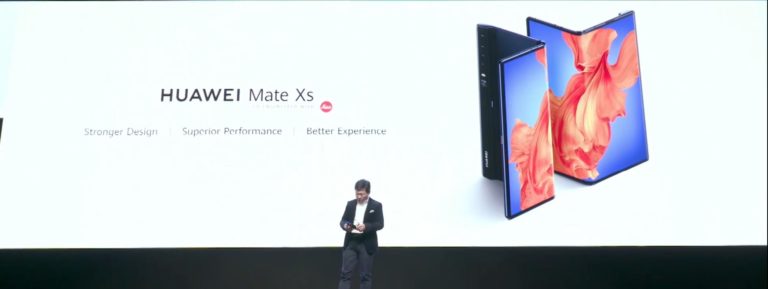Any links to online stores should be assumed to be affiliates. The company or PR agency provides all or most review samples. They have no control over my content, and I provide my honest opinion.
The promise of a virtually augmented world has been tantalisingly close for the best part of a decade now. Google Glass was the first serious attempt by a mainstream company to bring augmented reality (AR) to the masses. The lightweight glasses merged the physical world with a virtual heads-up display to, in essence, bring the internet to life. However, as innovative as the product was, it failed to catch on. Essentially, it was the Myspace of its time. The idea was right, but the technology wasn’t quite ready yet. Indeed, as we’ve seen with virtual reality (VR), mass adoption is often best achieved by funnelling products through the gaming sector.
The Demand For Immersion
When you look at modern gaming, you’ll see that Google Glass couldn’t have turned today’s products into hybrid experiences. That’s because realism is the name of the game. Hyper-realistic games require powerful processors capable of running complex animations but demand a sense of immersion. They’re best played on screens that can show off their beauty. Early versions of Google Glass weren’t up to the task.
Another example of our desire for greater levels of realism in the games we play is live dealer casino games. For example, people who play live online roulette at Paddy’s casino are doing so because they want to connect with human dealers. They enjoy the convenience of playing casino games online but they want something that looks more realistic than a digital roulette table. So, what we’re seeing here is a greater demand for realism and immersion when people play games such as Power Up roulette. Any device promising an AR experience must be up to the task.
AR Tech Hasn’t Been Able to Match Modern Expectations
What we’ve established so far is that people want realism and immersion. We’ve also said that an AR product like Google Glass couldn’t meet these demands. Well, as it always does, technology moves on. AR devices have always been a good idea and we’re now at a point where technology is starting to satisfy our demands. The technology we’re referring to in this case is the new Apple Vision Pro. Even though it’s beyond most people’s budgets at £2,749, it promises the most immersive AR experience ever seen.
The product’s tagline states that Apple Vision Pro and its apps allow you to “free your desktop.” How does it do that? According to Apple’s developers, the “world’s first spatial operating system,” known as visionOS, is how you can merge virtual apps with the physical world. That’s the main reason Apple Vision Pro could succeed where Google Glass and others have failed. Instead of trying to adapt existing technology to suit AR technology, Apple has developed a new system.
A Breakthrough for Virtual Technology
This has been paired with an “ultra-high-resolution display” with 23 million pixels spanning two displays to create a uniquely immersive experience. According to tech reviewer Marques Brownlee, there are some areas where Apple Vision falls down. However, in his view, weaknesses are to be expected when you’re launching a first-generation product. Despite the negatives, Brownlee is hot on the headset’s ability to create immersive experiences that connect to the physical world around you. In his review (see video above), he said the object placement is exceptional.
This alone is a breakthrough. Creating a seamless link between objects and virtual overlays isn’t easy, but Apple appears to have done it. This means modern games with many different elements, such as roulette, won’t look or feel strange in an AR setting. There is a long way to go. Apple Vision Pro might move the virtually real game forward a few steps, but we’re not there yet. The device is bulky, the battery life isn’t poor, and there’s a lack of content right now. Brownlee also acknowledges that current technology doesn’t quite match Apple’s developers’ expectations. That being said, it’s an impressive device, and for the first time in a decade, it looks like a fully augmented reality is closer than ever.
I am James, a UK-based tech enthusiast and the Editor and Owner of Mighty Gadget, which I’ve proudly run since 2007. Passionate about all things technology, my expertise spans from computers and networking to mobile, wearables, and smart home devices.
As a fitness fanatic who loves running and cycling, I also have a keen interest in fitness-related technology, and I take every opportunity to cover this niche on my blog. My diverse interests allow me to bring a unique perspective to tech blogging, merging lifestyle, fitness, and the latest tech trends.
In my academic pursuits, I earned a BSc in Information Systems Design from UCLAN, before advancing my learning with a Master’s Degree in Computing. This advanced study also included Cisco CCNA accreditation, further demonstrating my commitment to understanding and staying ahead of the technology curve.
I’m proud to share that Vuelio has consistently ranked Mighty Gadget as one of the top technology blogs in the UK. With my dedication to technology and drive to share my insights, I aim to continue providing my readers with engaging and informative content.


